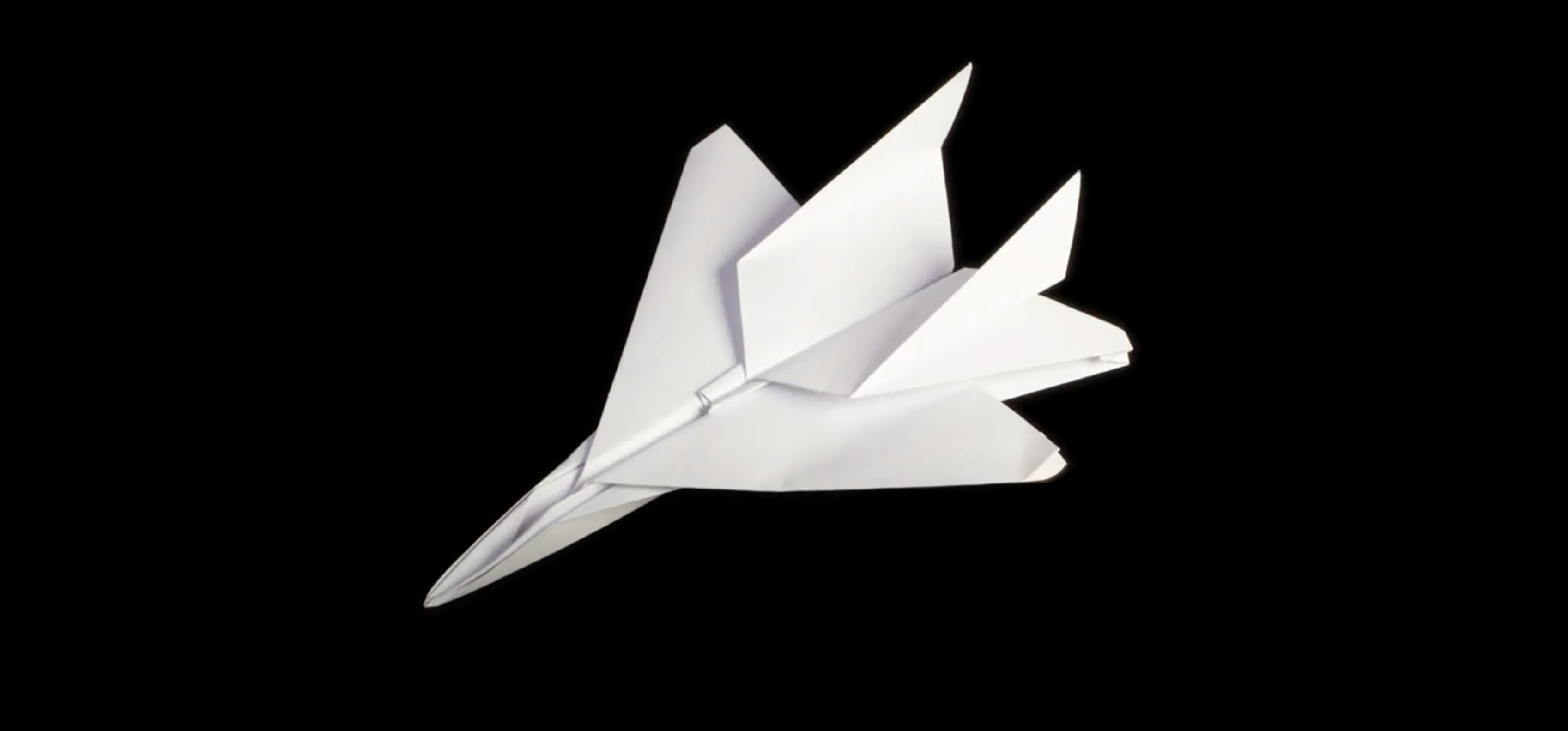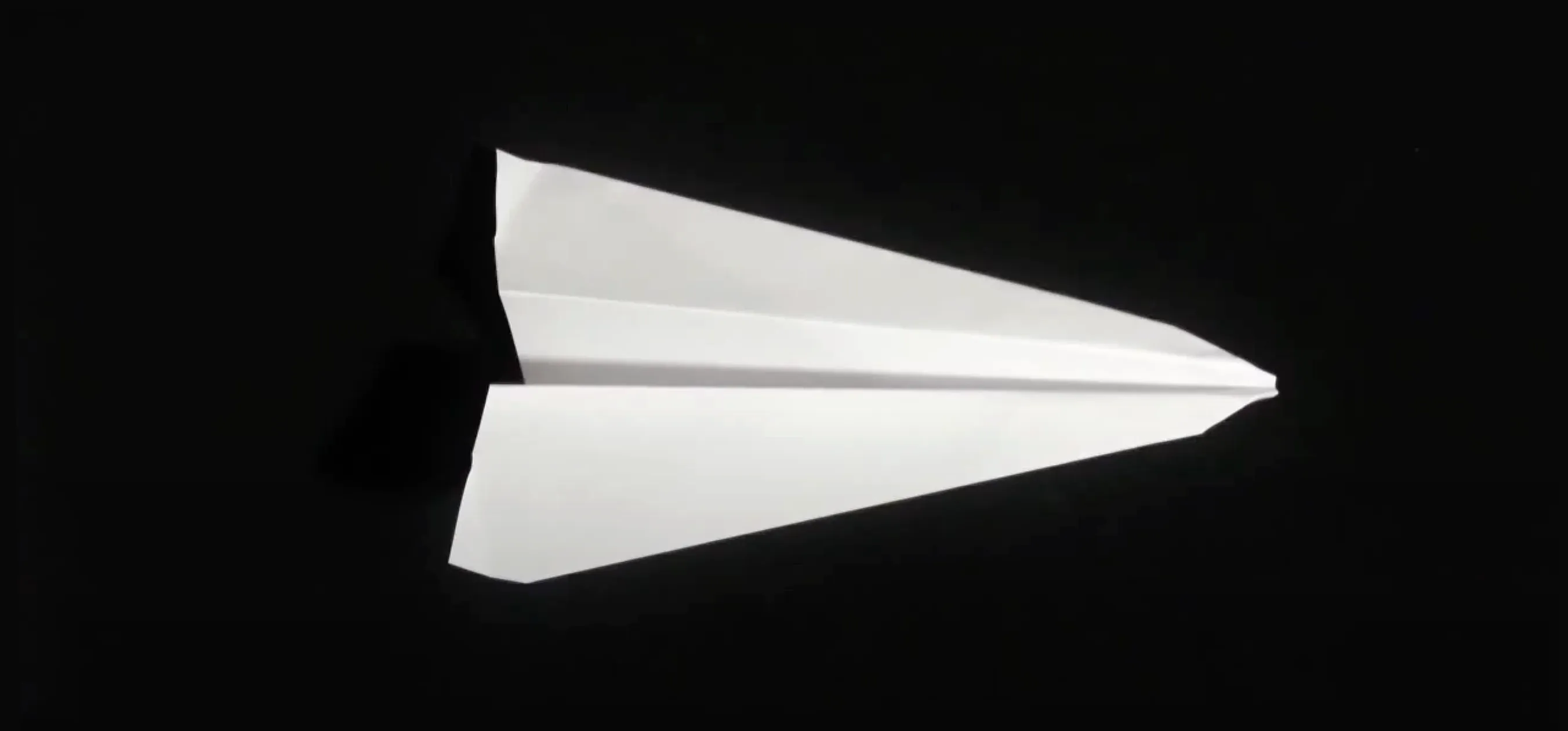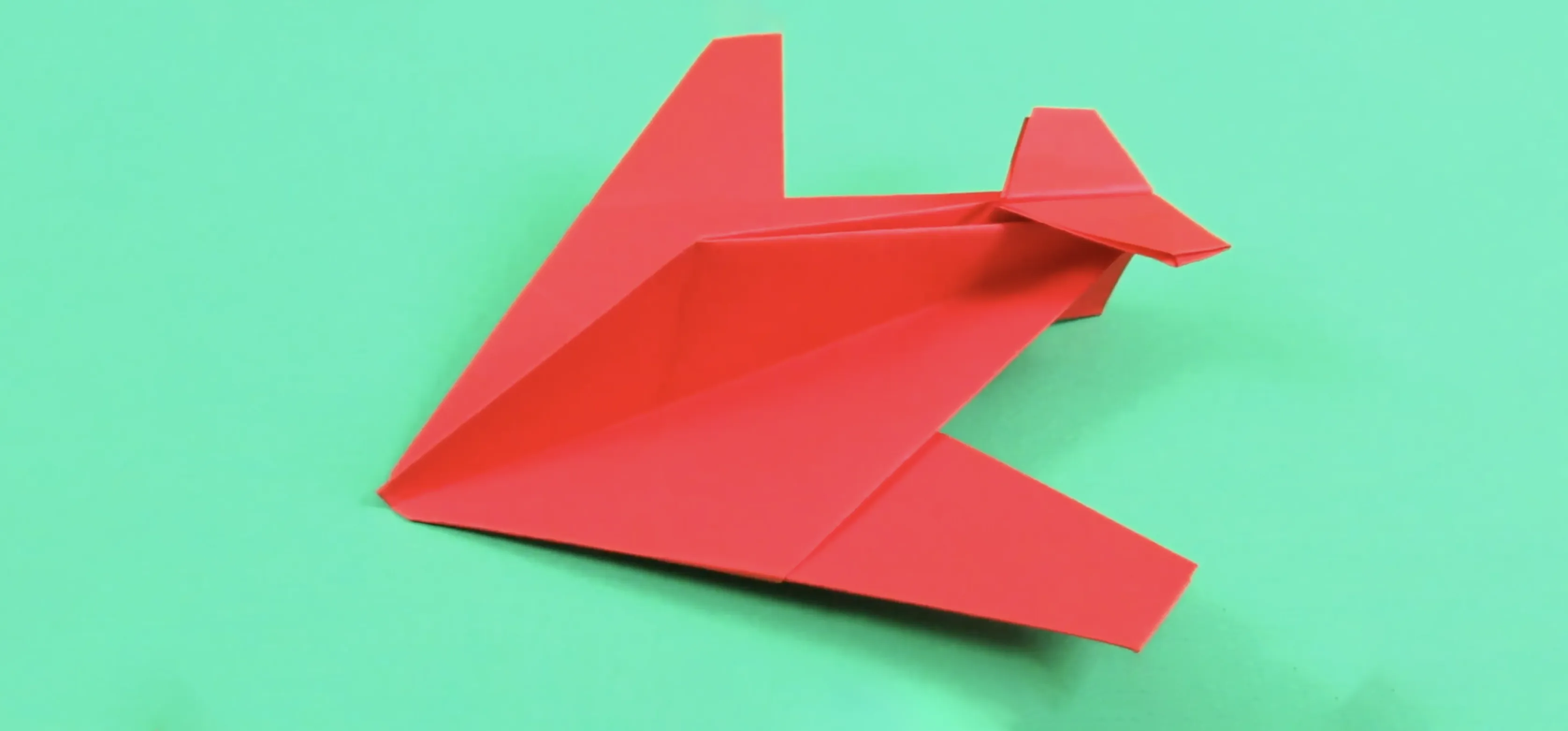This ornament can be challenging for a novice, but rewarding for everyone who takes the time to complete the project. With its notably awkward and fascinating texture, you will be sure to impress all who see this.
Supplies
- Paper
- Scissors
Tip
- A4 letter size paper or 8 1/2" squares are easiest to start with.
Let Us Begin
If you are using A4 (or other rectangular shaped paper), you must first form a square. This is easily achieved by aligning the short edge of the page with an adjacent long edge. Form the diagonal crease and cut off the area outside the folded triangle.

Folding
Now to really start...
Diagonal Creases
Aligning the corners that are in diagonal opposition, form a crisp crease spanning the remaining corners. Open the fold and repeat the process with the opposite corners. With the page unfolded, you should have a strong "X" shaped crease in the page.
Central Horizontal Crease
Using all four corners as your guide, align the top and bottom edges and from a horizontal crease through the center of the square.

The image above shows the creases thus far.
More Creases
With the horizontal center now marked by a crease, make additional creases in the center of the top and bottom sections by using the middle crease as a guide:

Creating the crease.

Top and bottom creases completed.

Creating the crease.

Top and bottom creases completed.
Repeat this process once again, dividing each portion between creases in half again.

Repeat on top portion.

Repeat on top portion.

Repeat on top portion.

Repeat on top portion.
Tips
- All folds to this point should have been made from the same page orientation (i.e. the same side of the page has been facing you).
- If done correctly, the opposite edges of the page should want to curl together.
Turn the Page Over
It is very important to make the next folds from the opposite side of the paper. This will allow the folds for the final shape to almost fall into place.
Even More Creases
Each section must now be divided once again with a crease. Use the existing creases from the previous steps to guide you, being very careful that the crease you make are in the middle of each existing crease.








Repeat Steps 2-5
Turn your page over once again and this time rotate it 90 degrees so that all your creases are now in a vertical orientation. Repeat all the horizontal fold in this orientation.

Once the steps have been repeated, your page should look like this:

Form the Shape
Working from each of the corners, pinch them on the diagonal crease allowing the fold closest to each edge to connect with corner and form a ledge (or "mountain" fold).

The next crease should form an opposing direction to the first, creating a "valley" appearance.

Continuing to follow the diagonal crease toward the center from each corner following this "mountain / valley / mountain / valley" pattern. As you approach the center of the page, the opposing corners will start to twist together.
I generally work in a spiral motion around the square.
Allow the Folds to Relax
Once you have reached the center of the square, allow the folds to relax. You will have a textured square with unique angular shape.

Be sure to display this for all to see!
























Comments
Be the first, drop a comment!